Here’s something to buzz about: Beekeeping!
Not only do these pollinators bring more flowers, fruits, and vegetables to gardens, they also give us honey that can be added to everything from hot tea to homemade beauty products. Bees are important to the environment, and their numbers are threatened. For this reason, outdoor lovers, gardeners, and beekeepers want to grow bee colonies.
Something else buzz-worthy: Building a DIY beehive isn’t difficult. There are plenty of free DIY beehive plans online to get you started. You’ll have your own DIY hive and busy bees at your home in no time.
What Is the Best Beehive for Beginners?
Beekeeping experts say the best beehive for beginners is the Langstroth because it promotes honey production (since the honeycomb can be reused). Honey production can be a big encouragement for beginners, and being able to serve honey from your DIY beehive is a source of pride.
Langstroth beehives are also a common hive style, so you’ll find more training information about the Langstroth, and more beekeepers who are familiar with it. That will make it easier to find support online or from beekeepers in your area.
How Do I Start My Own Beehive?
Before you start building a hive from one of these plans, start learning all you can about beekeeping. Join a local beekeeping group in your area or online. There you’ll find information on how to start your own DIY beehive and how to introduce bees to the hive.
How to Build the Simplest Beehive
The simplest beehives may be the Warre or Langstroth style. They are essentially wooden boxes with frames for bees to build combs. Free DIY beehive instructions (below) can get you started building your first DIY beehive.
Important Details to Consider When Building a Beehive
Before you get out the toolbox, take into consideration what you want to accomplish through DIY beekeeping, and also, your property, beekeeping skills, and DIY building knowledge.
Hives for honey production can be different from ones designed to encourage the pollination of nearby plants and trees. The numbers of bees desired may differ based on acreage and your beekeeping goals.
Related Post: Beekeeping for Beginners
Beehive Size
Whether you’re in it for the honey or the pollination of your garden, size does matter when it comes to a beehive. Generally, the larger the hive, the more bees you’ll have. More bees equal greater pollination rates and higher honey production — so long as you have the pollen to sustain them.
Types of Materials to Use
Most beehives are built with wood, but there are plenty of alternative hive plans that use reclaimed objects such as repurposed wooden pallets, wood scraps, metal barrels, plastic buckets, logs, and even Mason jars. Those who are beekeeping for environmental reasons may find building DIY beehives from reclaimed materials to be particularly satisfying.
You’ll also need to take stock of your woodworking and DIY skills. Many of these DIY beehive projects are easy, but all of them require the use of tools, woodworking knowledge, or both. If you need help, consider hiring a carpenter to help.
Beehive Location
The early morning sun gets bees out and foraging earlier, so consider where the sun rises on your property as a clue for best beehive placement.
Temperature is another consideration in beekeeping and beehive placement. In the northeastern United States, hives can stay in full sun the whole season without overheating. In warmer climates, afternoon shade is a plus for keeping bees healthy.
Also, be sure to check with your city and homeowners association for beehive placement. Some areas have regulations requiring beehives to be located a certain distance from a neighbor’s property line.
Other Considerations
Once your DIY beehive is finished, you’ll want to paint or varnish the exterior to preserve the wood and protect it from the elements.
Your DIY beehive will also need some residents. A single bee colony can include as many as 60,000 bees! Beginning beekeepers can purchase a package of bees including a queen and worker bees, or a nucleus hive, to get started. You can also attract bees from the wild to some beehive styles, such as the swarm box included in our roundup.
You’ll also need beekeeping gear including gloves, a veil to protect your face, and tools like a smoker with fuel, bee brush, and frame feeder. Classes in person or online will teach you the basics, and there are plenty of beekeeping websites, groups, blogs, and books available.
Related Post: From Hive to Table: How Honey Is Made
Free Beehive Plans to Consider
The three basic types of beehives – the Langstroth, Warre, and top bar – are included in our roundup of DIY beehive plans, but so are some other unique beehive options. Our DIY beehive roundup includes a few, less common beehive styles.
Long Langstroth Hive Plan
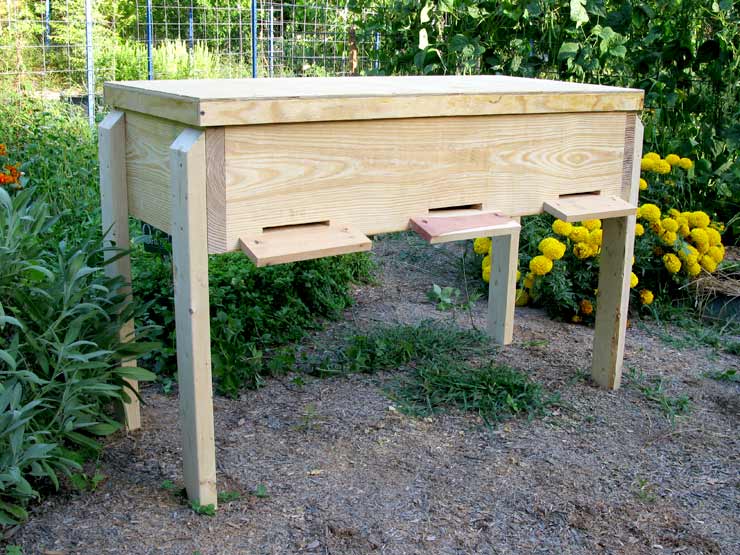
This long model is a Langstroth which is a great choice for beginning beekeepers. Thick walls provide good insulation, and its legs put it out of reach of mice and other wildlife.
Top Bar Beehive Plan
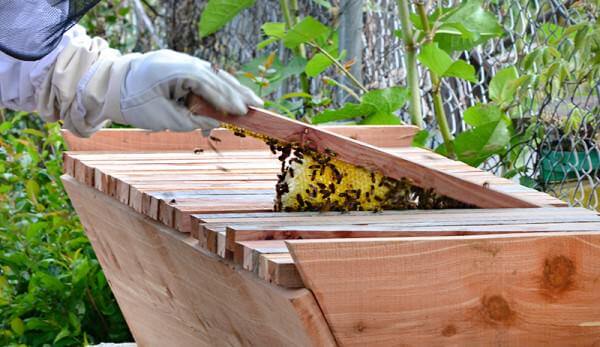
Top bar beehives date back to the 1600s and focus more on the natural state of the bees rather than honey production. This bee cabinet plan can be customized by adding a hinged lid and legs to keep the bees out of harm’s way.
10-Frame Beehive Plans
This Langstroth option includes ten frames your bees can call home. It’s a good option for intermediate beekeepers and woodworkers.
Warre Beehive Plans
Dating back to the 1948 book “Beekeeping for All,” this plan will keep a beginning to intermediate woodworker busy as a bee. This beehive is a good option for beekeepers — from beginners to experienced veterans.
Budget-Friendly Warre Beehive

Pronounced “War-ray,” the Warre model is smaller than a ten-frame Langstroth hive, so it should be less expensive to build.
Langstroth Beehive Construction
Straight from the Extension Service of the British Columbia Department of Agriculture, this link includes detailed plans for a Langstroth hive.
Pallet Beehive Plans
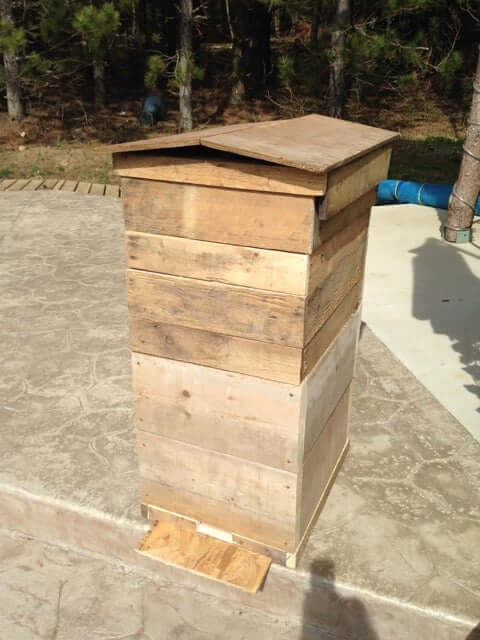
This Langstroth plan calls for discarded wooden pallets or skids, making it a great way to reuse and upcycle wood as a beehive project.
Canadian Langstroth Beehive Plans
This Langstroth version from Ontario is a vertical stack of beehive boxes designed for the home beekeeper.
Barrel Beehive Plans
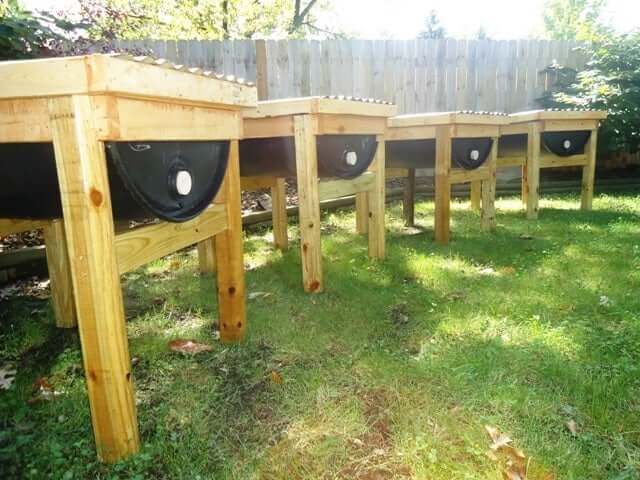
A 55-gallon drum can become a DIY beekeeping project with a little ingenuity and woodworking. Check out the plans.
Basic DIY Beehive Plans
This beehive cabinet is made from wood scraps, so any cost or waste is minimal. It’s in the Langstroth style and is fine for the beginner beekeeper.
Holzer Style Log Bee Hive
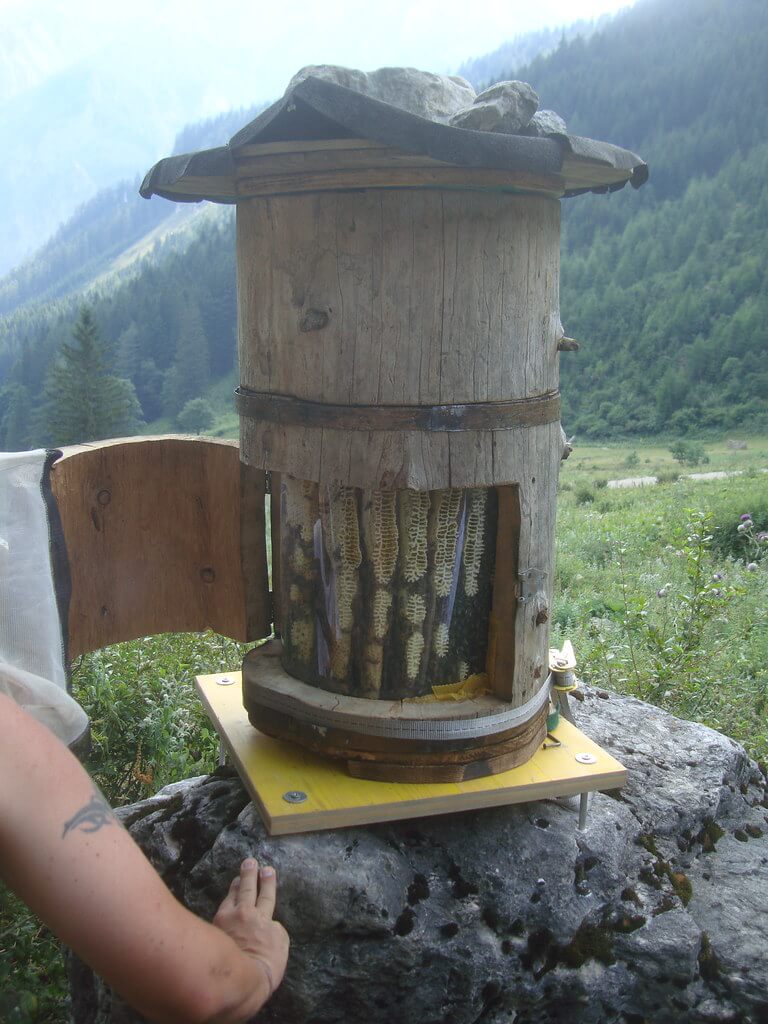
The main material in this DIY beekeeping project is, ideally, a log with a solid exterior and a rotten core. If you don’t have one of those, a solid log will do, but it will mean more work hollowing out the log.
Colorado Top Bar Beehive
An open-source plan for a top bar beehive, this project would be suited well to those looking for pollination.
Swarm Box Hive Plans
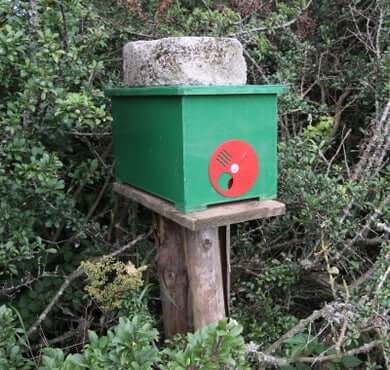
These plans for a plywood swarm box will have you attracting bees from the wild, or you could start your colony with a nucleus hive.
Money Hive Plan
“Shive” or “money hive,” this easy-to-build plan is a DIY project for beginning to intermediate woodworks and budget-conscious beekeepers. Its focus is mainly on honey production.
Beehive in a Bucket Plans
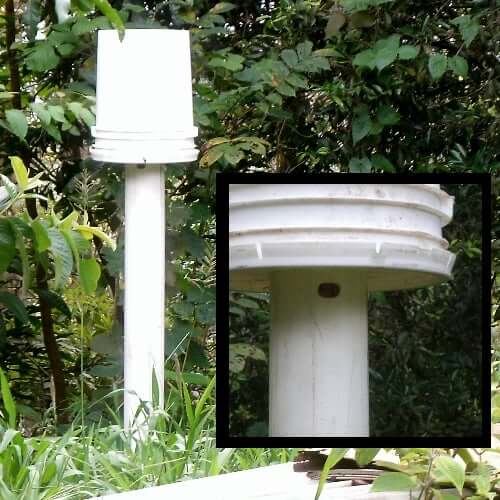
Not a woodworker? Not a problem! This plan calls for a hive inside a plastic bucket with a PVC pipe as a center post. The bucket beehive will encourage pollination.
Mason Jar Beehive
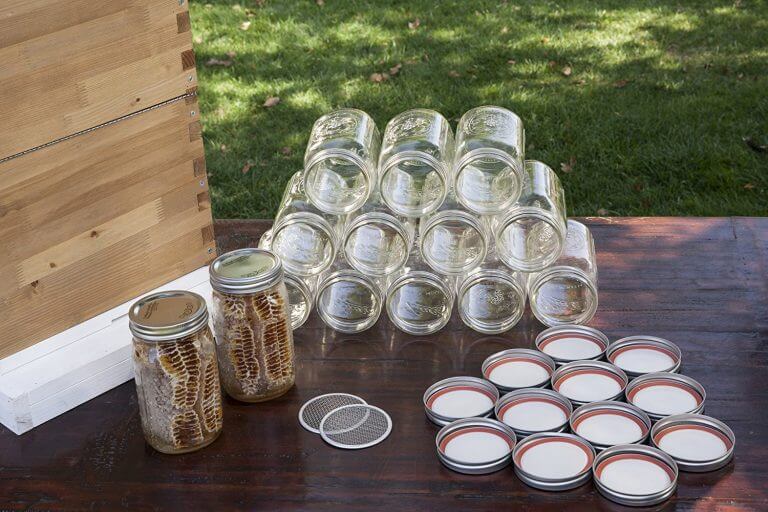
An innovative beehive option, this DIY beehive project starts with a pine board with holes cut into it to accommodate 6 to 8 Mason jars. A plus is that you can see the bees at work inside the jars.
Tire Beehive Plans
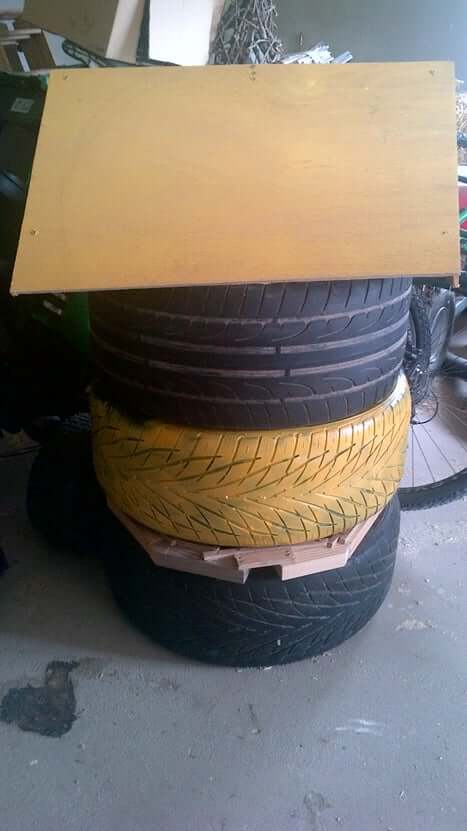
Got old tires in the garage? They can be the framework for a DIY beehive to bring more pollinators to your garden.
Modified OATH Beehive Plans
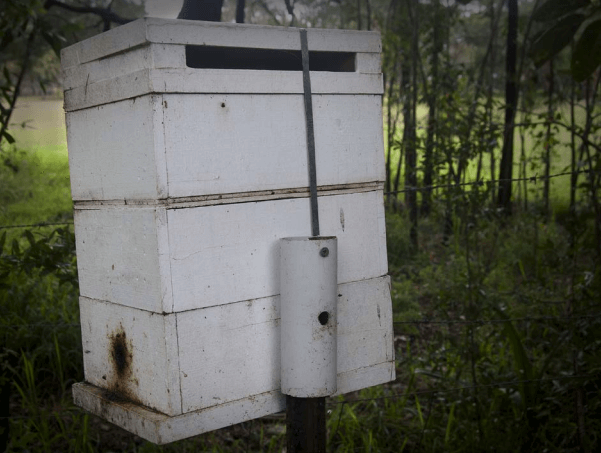
Great for warm climates, the Original Australian Trigona Hive (or OATH) has a heat shield and ventilation to keep bees from overheating in the summer. This beehive design coupled with a little shade will keep your bee colony happy and healthy all season.
DIY Beekeeping Is Growing in Popularity
A thriving colony of bees in a DIY beehive that you built yourself is an idea that increasing numbers of homeowners have decided is pretty sweet. Whether helping bees grow in number, increasing pollination of flowers, fruits, and vegetables in your gardens, or producing honey to serve or share, the benefits of having a beehive at home are many.
DIY beehive plans are plentiful online, and many of them are free. Woodworking skills, careful planning and a little research, and reading in advance will have you beekeeping at home DIY-style quickly and easily.



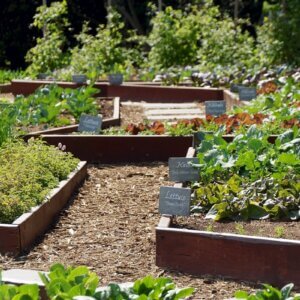


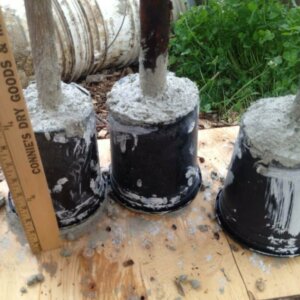
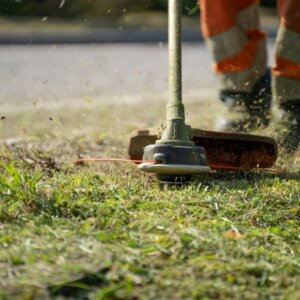
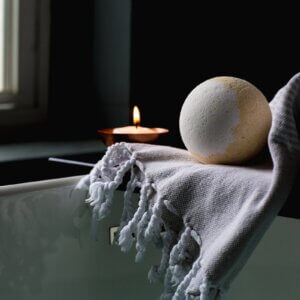



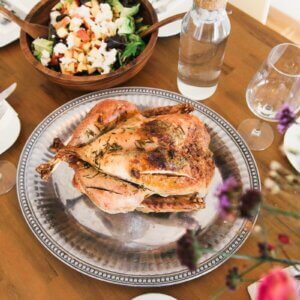



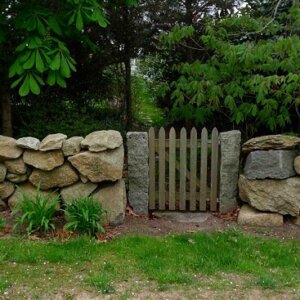


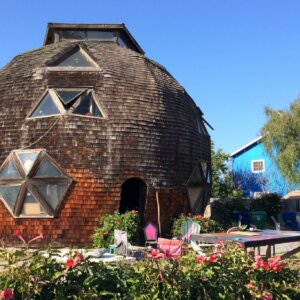


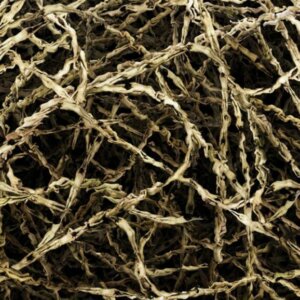


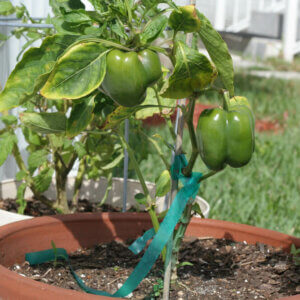
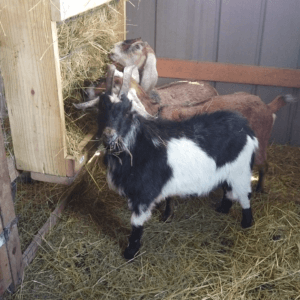
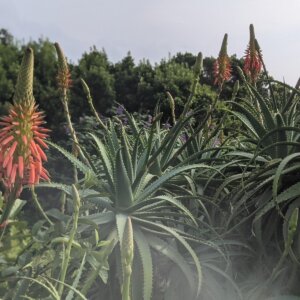








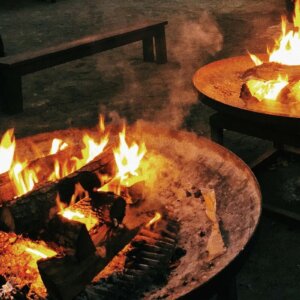

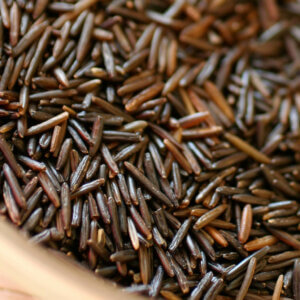
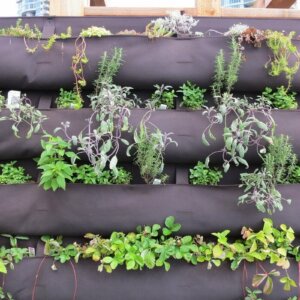

Leave a Reply